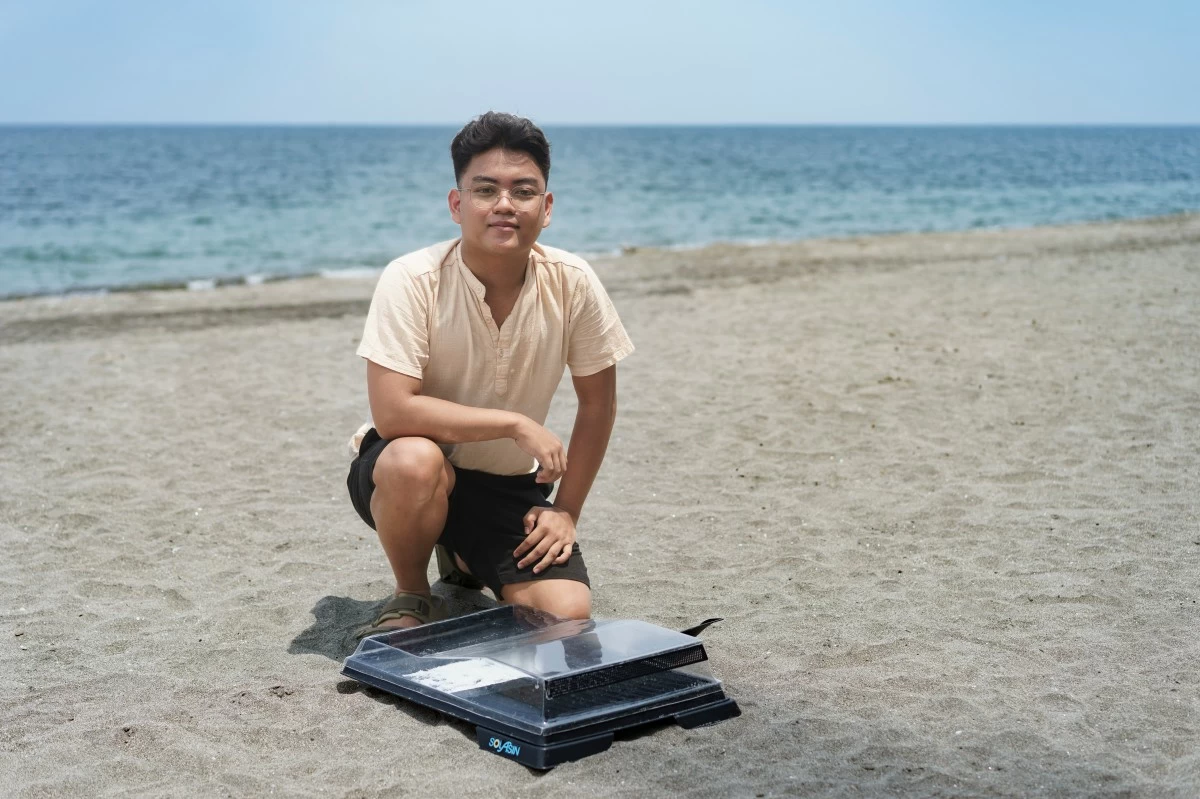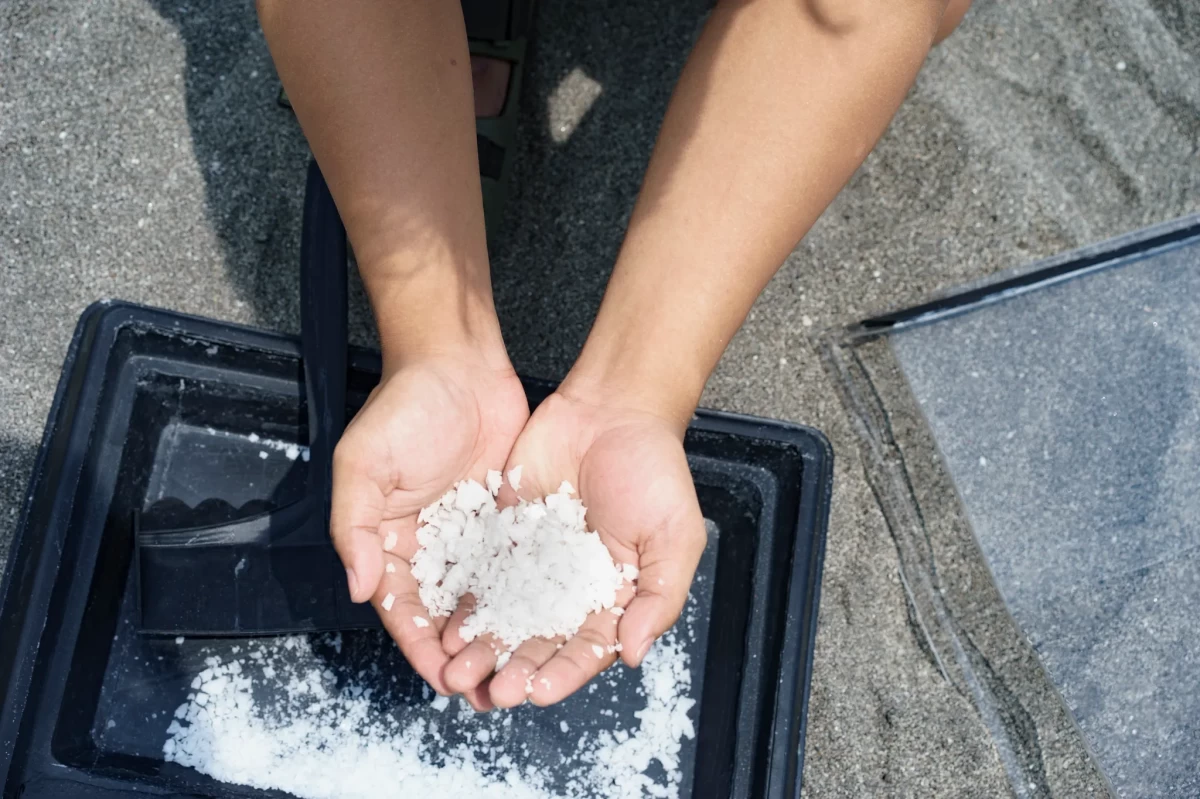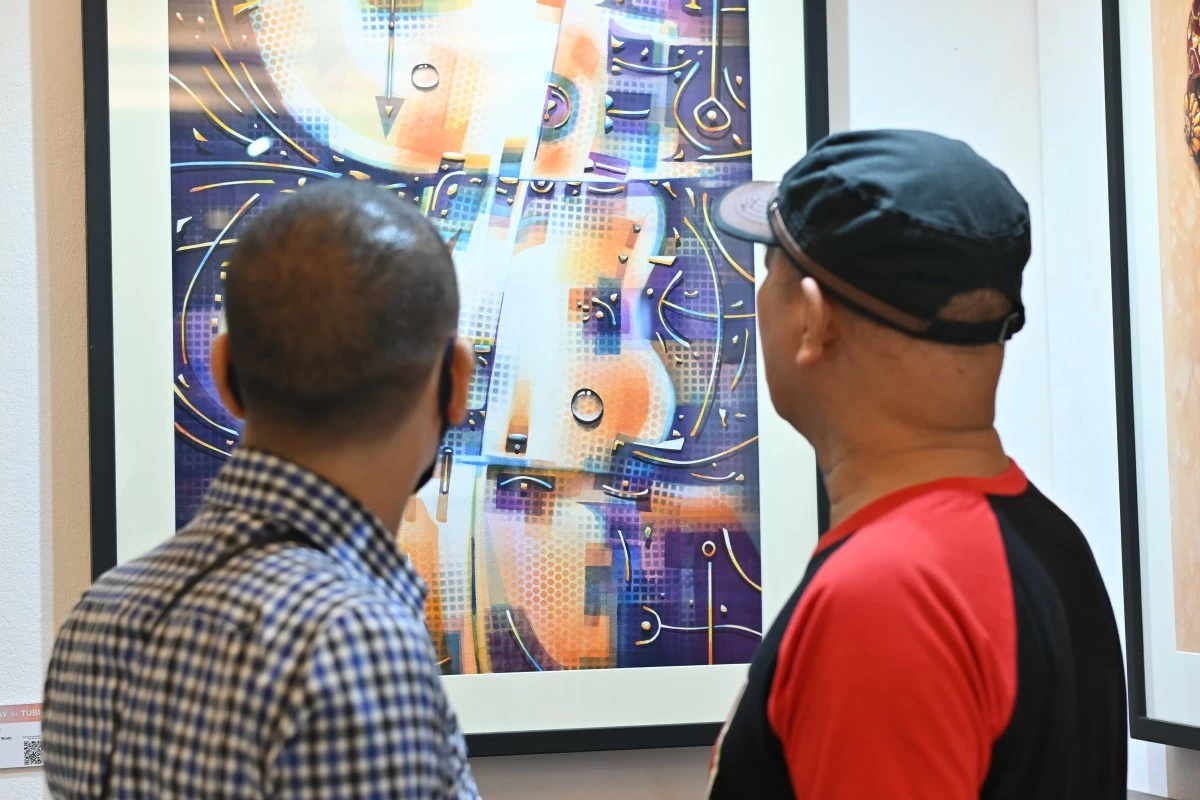
Upgrade to High-Speed Internet for only ₱1499/month!
Enjoy up to 100 Mbps fiber broadband, perfect for browsing, streaming, and gaming.
Visit Suniway.ph to learn
Through his SolAsin invention, John Carlo Luna Reyes has become the national winner of the 2025 James Dyson Award
The Philippine archipelago, blessed with rich marine biodiversity and home to some of the world’s most stunning beaches, faces an ironic reality: Despite being surrounded by seawater and the passing of the Salt Industry Development Law, the country still imports 93 percent of its salt supply.
Few people know that one of the rarest salts in the world—asin tibuok from Bohol—was once nearly lost due to the lack of support. The rise of commercialized salts, such as iodized and imported varieties, has further pushed down demand for local and artisanal salts. At the same time, many coastal residents lack the capital to build their own salt farms, forcing them to work for existing salt companies instead.
This harsh truth is something John Carlo Luna Reyes, an industrial design student from the University of the Philippines Diliman, has seen firsthand in his home province of Pangasinan. Determined to break the cycle, he invented SolAsin, a solar-powered, accessible method of producing high-value flaky salt using only seawater and sunlight. The innovation aims to revitalize local salt-making and reduce reliance on imports.

Unlike traditional salt beds that require vast land and large capital, SolAsin is compact, sustainable, and easy to use. It needs only filtered seawater, sunlight, and occasional mixing to produce premium flaky salt—a high-value variant in small quantities that can be sold to nearby restaurants, hotels, and even tourists, opening new livelihood opportunities.
In an interview with Manila Bulletin Lifestyle, John explained that to earn a monthly income of ₱8,000 to ₱12,000, a salt farmer would need at least eight units of the device.
“SolAsin is developed to produce flaky salt. This is high-quality salt that is usually imported from abroad and is in high demand here in the Philippines. By producing this, the farmers can sell this salt at a competitive price point without competing with local table salt and artisan salts,” he said.

John worked closely with coastal residents, local government, and the provincial environmental office in developing and testing SolAsin. Multiple prototypes and months of fieldwork allowed him to refine its design, usability, and income-generating potential.
From a thesis project, SolAsin has grown into a groundbreaking innovation that won this year’s James Dyson Award–Philippines, earning John ₱361,300 and a spot in the regional leg of the competition. He plans to use the prize money to improve the design, materials, and preparations for mass production.
“Growing up in Pangasinan, I saw firsthand how coastal communities struggled to access sustainable livelihood opportunities,” John said. “As a designer and an iskolar ng bayan, I have always felt a responsibility to use my skills to empower my own community.”

Looking ahead, John hopes to further expand SolAsin’s capacity. “This recognition is more than just a personal achievement—it is a win for the communities that inspired SolAsin. My goal has always been to design with and for the people, and this award gives me the opportunity to further develop the project so it can truly uplift local salt farmers,” he shared. “I hope this inspires more young Filipino designers to look to our own communities and industries for solutions that can create lasting change.”
With SolAsin, John shows how design can do more than solve problems—it can breathe new life into neglected industries and empower communities to reclaim livelihoods. If successful, his innovation could help the Philippines chart a future where its salt no longer comes from foreign shores but from the hands of local farmers by the sea.

 1 week ago
7
1 week ago
7



